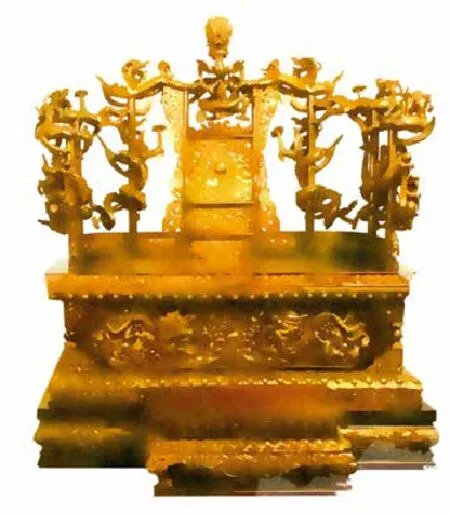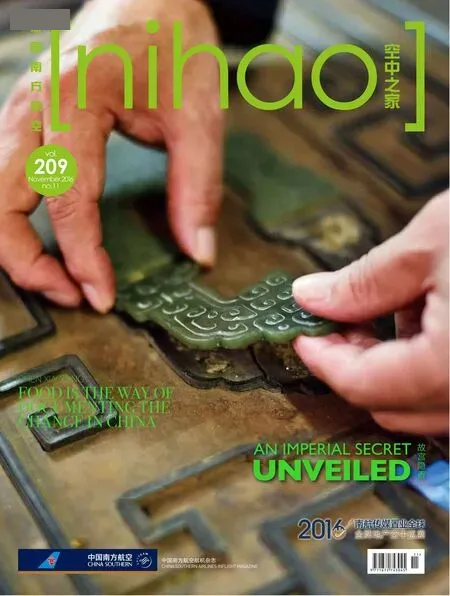細說皇家建筑
細說皇家建筑
ROYAL PALACES IN DETAILS
Since the Qin Dynasty, the Gong (palace) has become the standard residence of the Emperor and his family. The Emperor was regarded as the Tianzi (the Son of Heaven) and his residence must therefore reflect his elevated position and status. Palace buildings tend to be large and spacious, furnished with golden yellow veluriyam roof tiles, brilliantly coloured paintings, finely decorated Zaojing (caisson) ceilings, and Hanbaiyu (white marble) pedestals that demonstrate the majesty and might of imperial power. Let’s enter the Forbidden City and learn more about these palace buildings.
Compiled by Irene Translation by Sonia Illustration by Zhang Haolun
Zaojing (Caisson Cylinders)藻井
Zaojing (Caisson Cylinder) is a unique decorative portion of indoor ceilings and serves as a form of religious symbol. Such design features are only found in religious or imperial architecture.
Zaojing, literally translated as “a well of aquatic plants”, often appears as a square, polygonal, or circular coffer that extends upwards into the ceiling. The borders are decorated with patterns, carvings, and paintings of various flowers, aquatic plants, and algae.

Huabiao (Ornamental Pillar)華表
The Huabiao is a massive stone column often placed in front of ancient palaces, tombs, and other large buildings for decorative purposes. This column is typically composed of a pedestal, a panlongzhu (column with an entwining dragon), a chenglupan (dewcollecting plate), and a dunshou (squatting beast) that squats atop of the column. For Huabiao located outside ancient palaces, the squatting beast would be a Shihou (stone hound), named Wang Jun Gui (the Emperor should return). Its purpose was to remind Emperors to avoid spending too much time outside his office or indulging in fun, and instead return quickly to the palace and tend to his duties of ruling the state. Huabiao located within palaces, on the other hand, squats a stone hound named Wang Jun Chu (the Emperor should go out). Its purpose, of course, is to advise the Emperor to avoid staying in the palace for too long, and instead leave the palace more often to understand the difficulties faced by his common subjects.
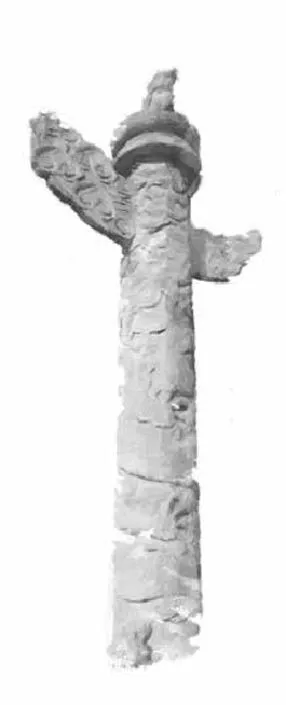
Feiyanji Shou (Charms along the flying roof ridges)飛檐脊獸
Traditional Chinese architecture such as palaces, government buildings, and temples often include statuettes of shenshou (divine beasts and charms) along the roof ridges. The types and number of these charms can often be used as an indicator for the class and status of the building. The more roof charms a building has, the higher its class and rank. Every palace building in the Forbidden City has its roofs decorated with these charms. Taihedian (Hall of Supreme Harmony) has 10 of them, making it the highest-ranking building in the palace complex.
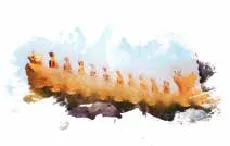
從秦朝開始,“宮”成為皇帝及皇族居住的地方。皇帝貴為一朝天子,其所居住的房子必然要體現(xiàn)其與眾不同的高貴身份。故宮中的建筑往往斗拱碩大,琉璃瓦鋪頂,有絢麗的彩畫、雕鏤細膩的天花藻井、漢白玉臺基等等,每一處細節(jié)都彰顯著皇權(quán)威嚴。讓我們走進故宮,窺探一二。
Xumizuo (Buddha's Seat)須彌座
Ancient Chinese architecture uses Xumizuo (Buddha's Seat) to define the class of the building. Such pedestals were modelled after pedestals made for the statues of Buddha and Buddhist saints. They were typically constructed using clay or stone bricks, and are often used for major buildings and halls of palace complexes and temples. Xumizuo is often furnished with intricate carvings and patterns as well as Hanbaiyu (white marble) fences. The tallest platforms are constructed by overlapping multiple Xumizuo, helping to exemplify the majesty and size of the building.
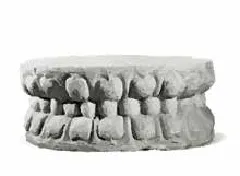
Liuliwa (Veluriyam Tiles)琉璃瓦
In China, imperial palaces usually feature hong qiang huang wa (red walls and golden roof tiles). The golden roof mentioned in this phrase would be the golden yellow veluriyam tiles. Veluriyam is the byword for majesty and wealth. The material is tough, sturdy, brilliantly coloured, and offers a wonderful lustre, making it one of the best and most sought after architectural ceramics capable of withstanding the test of time. Yellow is the colour of the Emperors. Most buildings in the Forbidden City use golden veluriyam tiles, giving a shimmering golden glow when viewed from afar.
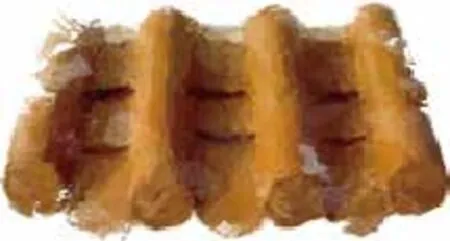
Longwen Baozuo (Dragon Throne)龍紋寶座
The Baozuo (throne) is the pinnacle of chairs and seats, and is furnished only within palaces and royal residences. The Xiujin Qiyun Longwen Baozuo (Dragon Throne with black lacquer and painted clouds) furnished in Taihedian (Hall of Supreme Harmony) of the Forbidden City is the penultimate imperial throne and one of the finest, most sublime, and intricately carved specimens that has survived to this date. The Throne is entwined with 13 golden dragons and is placed upon a 7-tiered pedestal in the centre of the Hall.
